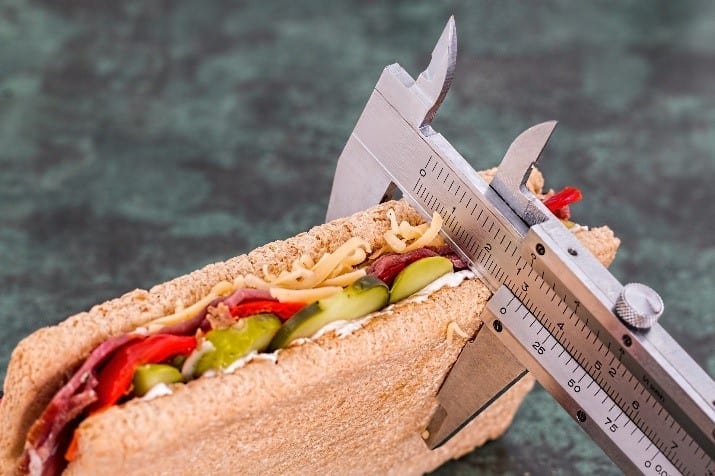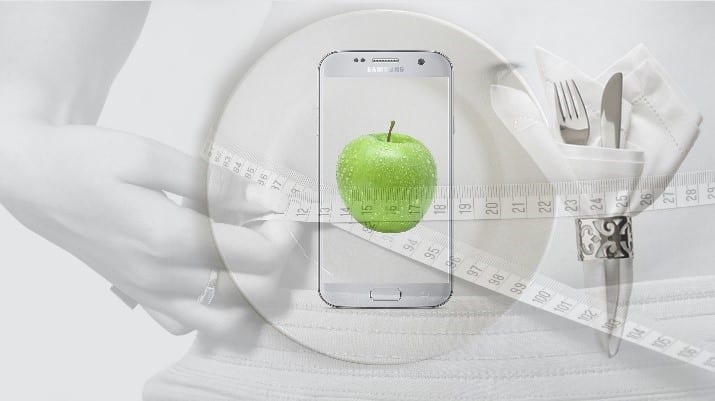Business as usual has a very different meaning than it did a few months ago. With more people working from home without access to a gym, maintaining a healthy diet and exercise routine can be more challenging than ever. In this blog, we are going to tackle how to lose weight by taking control of your diet.
With boredom, stress, and anxiety mounting, it’s harder for many people to fight against the urge to binge-watch TV while mindlessly snacking. Escapist behaviors might provide a brief respite from stress, but seeing the scale creep ever higher can send people into a downward spiral.
Maintaining good health is more important than it’s ever been but getting back on track or starting a health and fitness regimen for the first time can be daunting. Many give up on their diet attempts altogether when their results are slow or inconsistent. However, there is a sneaky culprit behind most failed diets—poor portion control.
Portion Control and Weight Loss
Many people have heard the average diet should consist of 2000 calories, but few if any know what 2000 calories actually looks like. The food service industry has contributed significantly to this problem by increasing plate sizes, offering value meals that encourage people to order more than they normally would, and heaping on two to three times the recommended portion sizes of everything. As a result, many people view restaurant portions as the norm and emulate them in their own homes, sending them hundreds if not thousands of calories over the recommended amount.
This type of portion distortion is why many individuals fail to see results while counting calories. Their baseline for what is an appropriate portion is way off even when they think they’re eating the right amount. Here are a few ways people can measure food portions:
- Buy a food scale. This is the most accurate method of measuring food portions, particularly when the label lists the portion size in ounces. However, it’s not always convenient and takes more time than many are willing to spend while preparing food.
- Use measuring cups. This is much faster than using a scale and often more practical. While it can be difficult to convert ounces into a measurable volume, there are plenty of charts available online for just that purpose. However, certain foods don’t lend themselves to easy measuring with cups like meats or awkwardly shaped foods.
- Use your hand. While this method is the least accurate, it’s the simplest and gets people within the ballpark of an appropriate portion size. For example, a clenched fist is about one cup. This is the average serving size for rice, pasta, and fruit. Similarly, the front of a closed fist is around half a cup. The palm represents 3-4oz of meat, which is the typical serving size for chicken, fish, etc. Two handfuls is an approximate serving size for veggies. The thumb also offers some handy measurements as well. From the base to the top of the thumb is around two tablespoons while the tip of the thumb is about one teaspoon.
Revamping Your Diet During COVID-19
Even with portions under control, most pantries contain too many tempting snacks for the average individual to abstain from for long. To reengage with a healthy lifestyle, individuals should take the following steps:
- Establish accountability. It’s not reasonable to think a person can keep track of their running calorie total throughout the day. Investing in a calorie counting app can provide a clear picture of calorie intake and remove confusion.
- Ditch the junk. Junk food provides a short-lived dopamine rush that can influence individuals to eat more unhealthy foods. Getting rid of the temptation eliminates the likelihood of binging on high fat, high sugar, high salt, and/or high-calorie foods.
- Be realistic. Cutting too many calories at once can have negative side effects like headaches, irritability, and fatigue. This makes it less likely that the individual will stick to the plan. Reasonable weight loss is 1-2 pounds per week, which translates to cutting 500-1000 calories per day. However, cutting 1000 calories is often too restrictive for most people so 500 is a good place to start. It’s important to note that calories burned through exercise can contribute to the 500 total. For example, individuals can opt to cut 200 food calories while burning an additional 300 calories through exercise to hit their goal.
When To Seek Professional Help
Determining the right amount of calories by understanding serving sizes can help people maintain a healthy and balanced diet during social distancing. If you’ve tried self-help options but you still can’t control your diet and eating, consider a stomach reshaping surgery. The Wrap is an outpatient procedure that does not require an overnight hospital stay. If you’ve hit a plateau in your weight loss journey, contact us to learn how we can help.
Image URL: https://pixabay.com/photos/diet-calorie-counter-weight-loss-695723/






